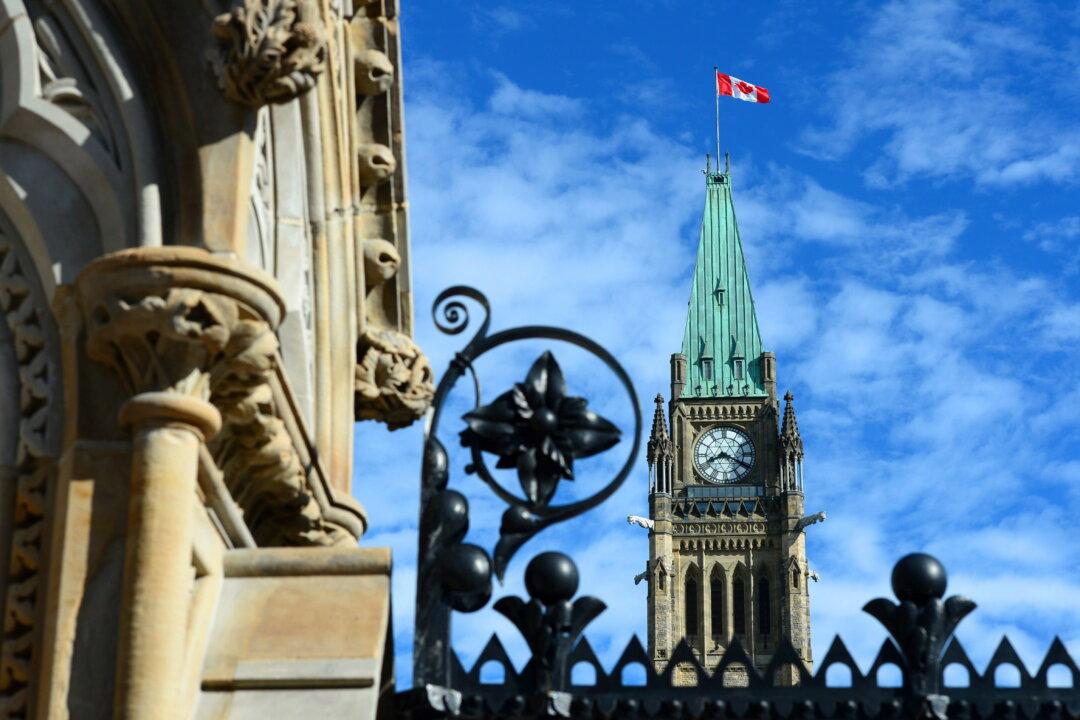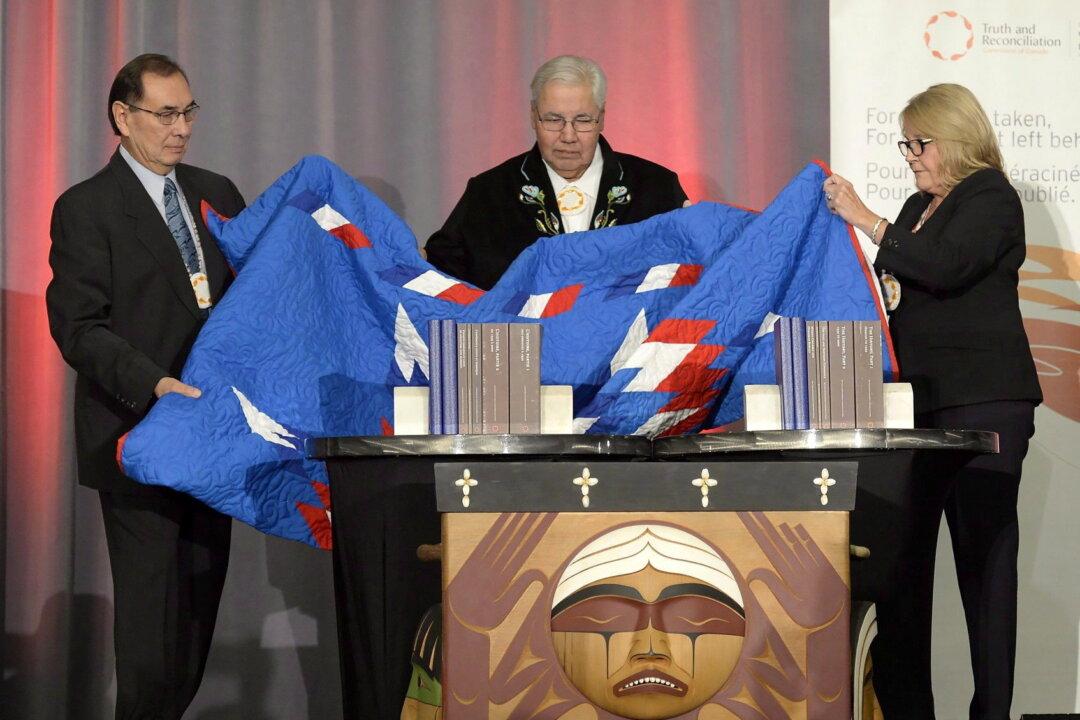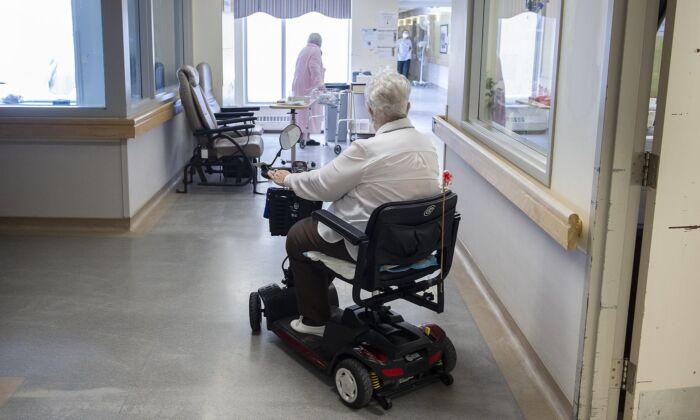Over the last two years, innumerable news reports have been published about missing children and mass or unmarked graves at Indian Residential Schools (IRS) from across Canada. First, the news that the graves of 215 students were discovered at the Kamloops Indian Residential School at the end of May 2021 was shocking, to say the least. (Even I was shocked and I lived and worked in two residential schools.)
So far there is no verifiable evidence supporting this claim. No bodies have been exhumed yet. And, perhaps more importantly, the Truth and Reconciliation Report says that the RCMP investigated 15 deaths at various residential schools and concluded that all of them resulted from accidents or diseases.
“I remember was, there was all these screams, and there was blood over the, the walls. [Crying]… and we were told that if we, if we ever told, or tried to run away, we would, the same thing would happen to us. [Crying] So, it was a dangerous time for, for children, and for me at that, those days. [Crying] We never really knew who would be next to be murdered because we witnessed one already. [Crying]”
Instead, both the commissioners and the media waited nine years until the Kamloops revelation before saying anything about the possibility that other children were murdered at residential schools. Surely, the murder of one child, as reported by Doris Young, should have caused as much anguish and pain as the possible murder of 215 children at the Kamloops Residential School.
The Truth and Reconciliation Commission stated that truth was necessary for reconciliation, but the recent rash of news reports demonstrates that transparency and verification are also important principles in investigating crimes and establishing whether a claim is true.
Surely, there needs to be a thorough investigation of the claim that indigenous children were murdered while attending Indian Residential Schools. An independent agency, like the RCMP, with authority and expertise, must thoroughly investigate the claim without interference from governments or any groups. In fact, Call to Action no. 25 in the TRC report says: “We call upon the federal government to establish a written policy that reaffirms the independence of the Royal Canadian Mounted Police to investigate crimes in which the government has its own interests as a potential or real party in civil litigation.”
I doubt that any Canadian believes that people, indigenous or non-indigenous, who abused or murdered residential school children should escape punishment. I also doubt that any Canadian believes that innocent IRS employees should be condemned and punished. Nevertheless, the government and the news media have acted as if IRS employees were guilty of a variety of crimes including the murder of indigenous children and burying their bodies in the yards of the schools.
A democracy cannot function without a commitment to truth, transparency, and verification by governments and news agencies. For Canada and her citizens, these values must be re-established as fundamental. Without these values, Canadians will not have an honest and fair reconciliation. Canadians certainly deserve better if we are going to have a peaceful and fair reconciliation.





